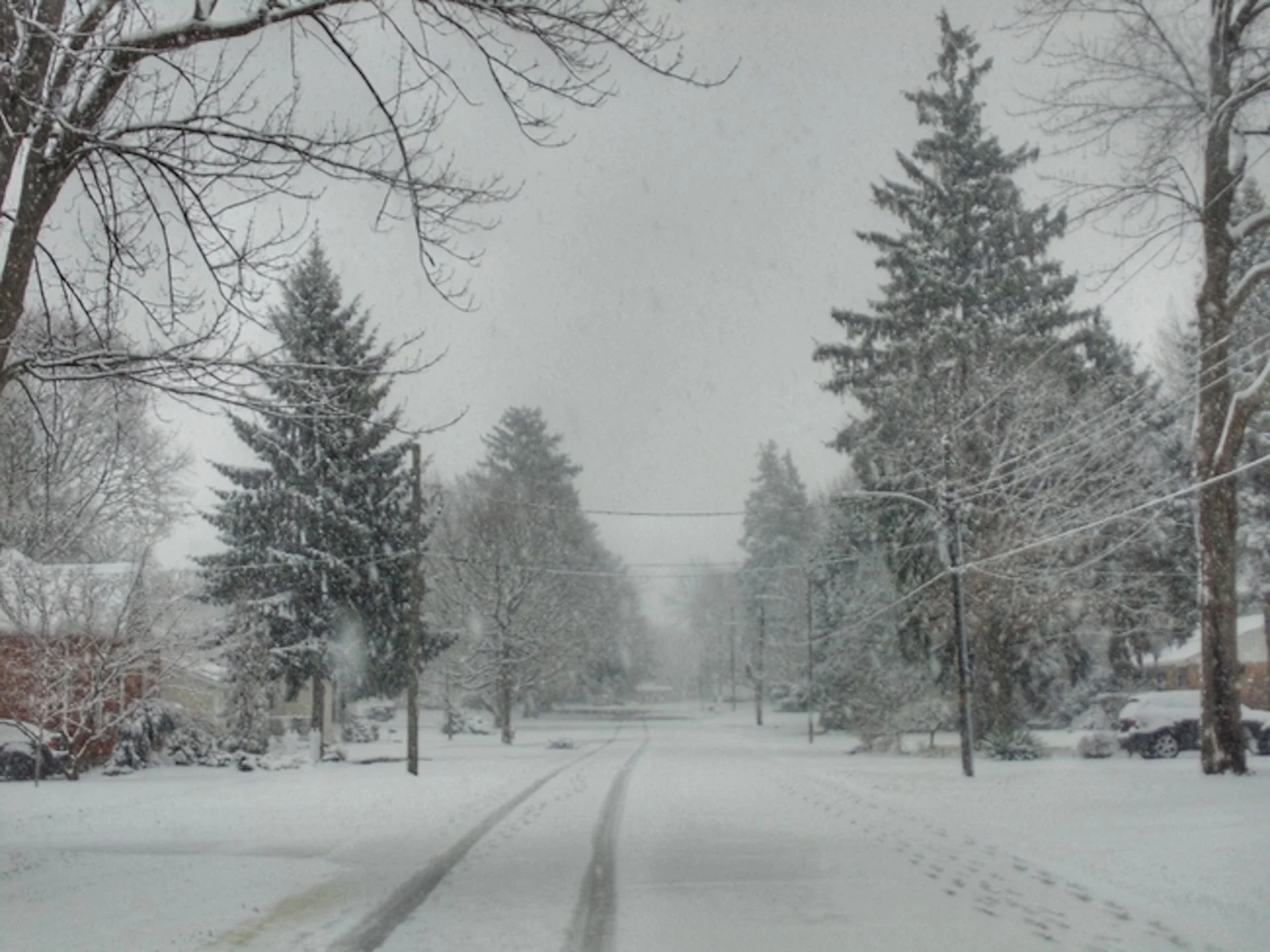
Snowvember? When Canada saw notable wintry weather ahead of schedule
While there’s still a good chunk of the fall left, there are times in November when Mother Nature doesn’t want to wait until next month to change over to wintry weather.
Canada is known for its snow and frigid temperatures, but we don’t usually have to wait until winter starts to see them come to fruition.
The first day of astronomical winter occurs on Dec. 21, also known as the winter solstice. On this day Canadians experience the shortest amount of daylight and the longest night of the year, as the Earth’s poles reach their maximum tilt away from the sun.
SEE ALSO: La Niña revives to impact winter and the finale of hurricane season
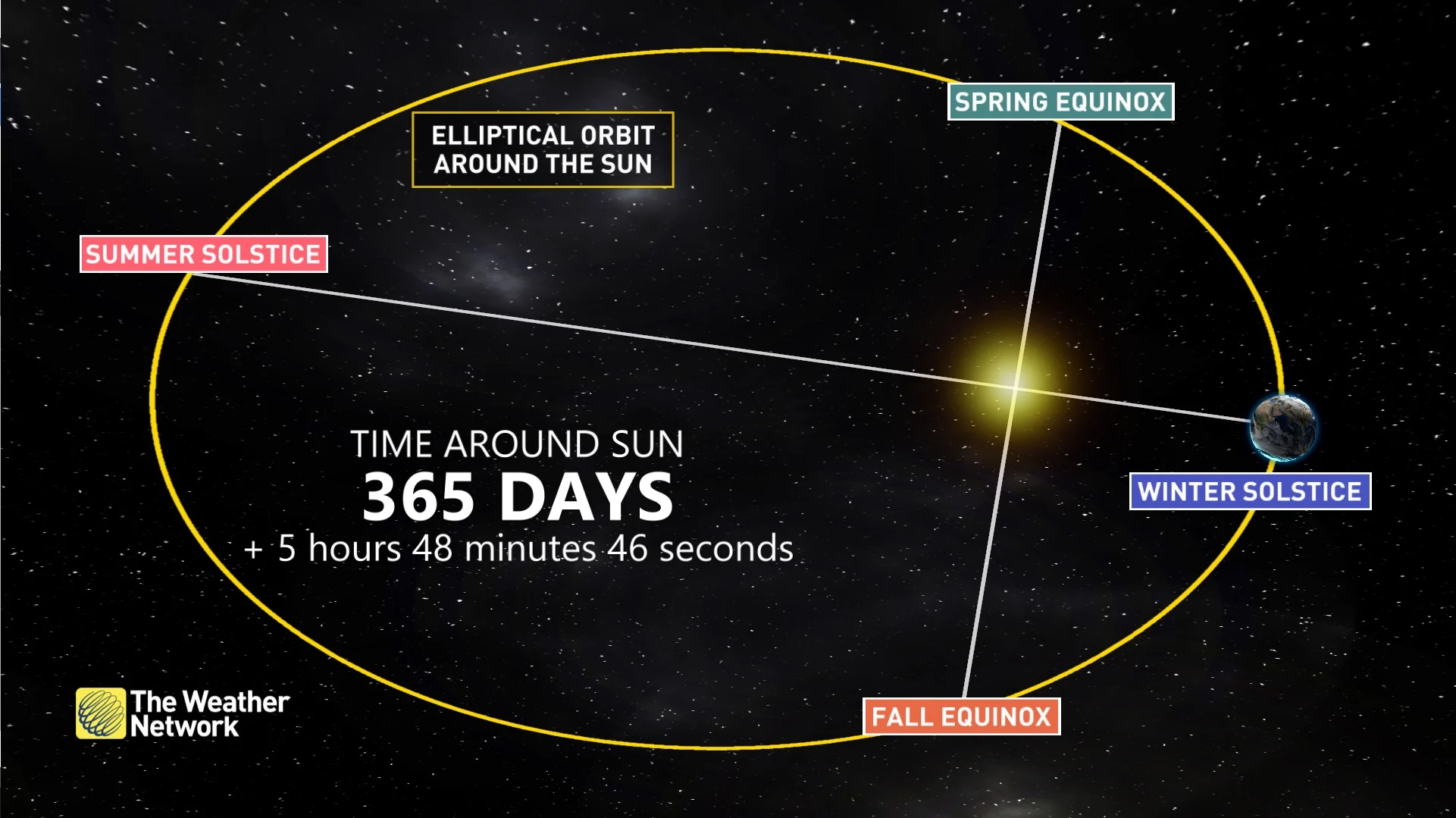
In Canada, the majority of snowfall happens from December to March, but there have been instances where we have seen snow in November, and even as early as September.
In these scenarios, cold, Arctic air moves south in a trough of low pressure, where temperatures fall below seasonal. A source of moisture moves into the region, and depending on how close to below freezing it gets, we can see the potential for snowfall.
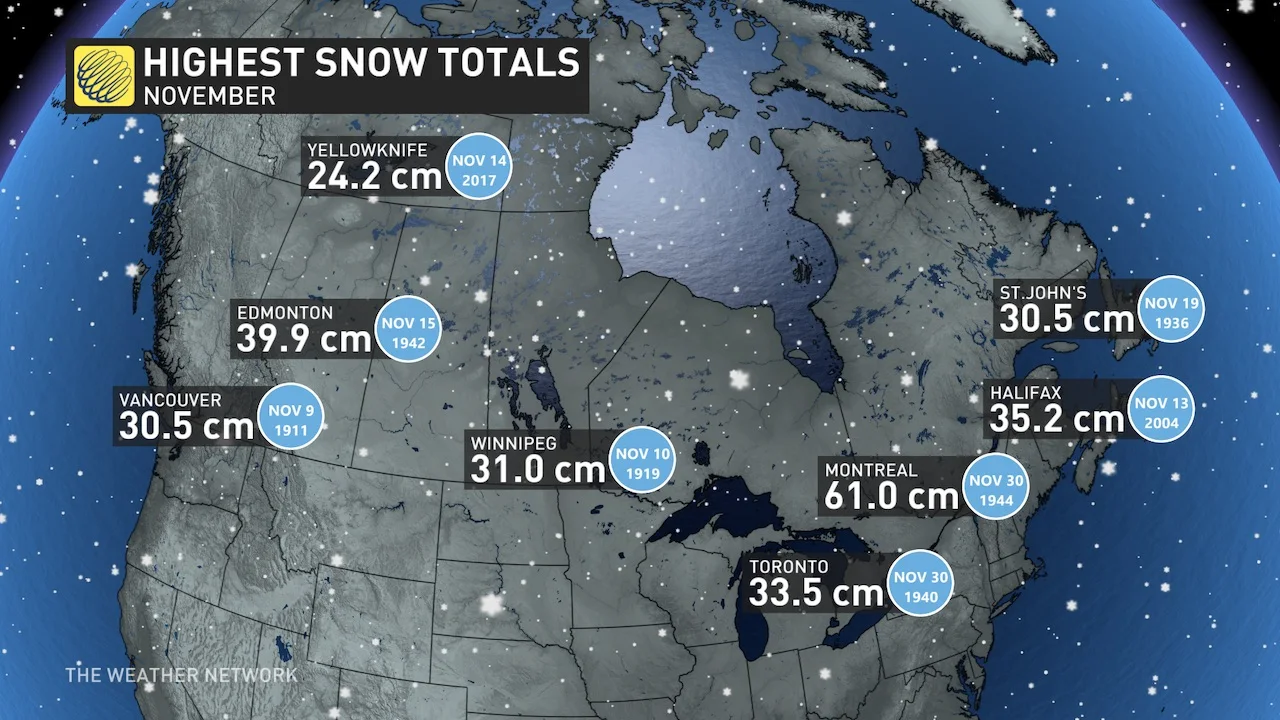
Coastal regions in British Columbia experience rainy winters, but there are many cases where temperatures fall below freezing and the province sees significant amounts of snow, especially on the mountain passes. On Nov. 26, 2020, 18.4 cm of snow fell in the Metro Vancouver area. When this occurs, areas in the Lower Mainland sometimes shut down as winter tires are not as popular.
In fact, the snowiest season on record in Canada was in Revelstoke, B.C., with 2,446.5 cm of snow recorded in the 1971-72 winter. November to February are the snowiest months in this city where it can see 120-145 cm of snow on average.

The Prairies are known for their bitter temperatures. In fact, many cities see early snowfall in October and November. On Nov. 7, 2020, 15.6 cm fell in Edmonton. On Nov. 15, 2005, Winnipeg saw 20 cm.
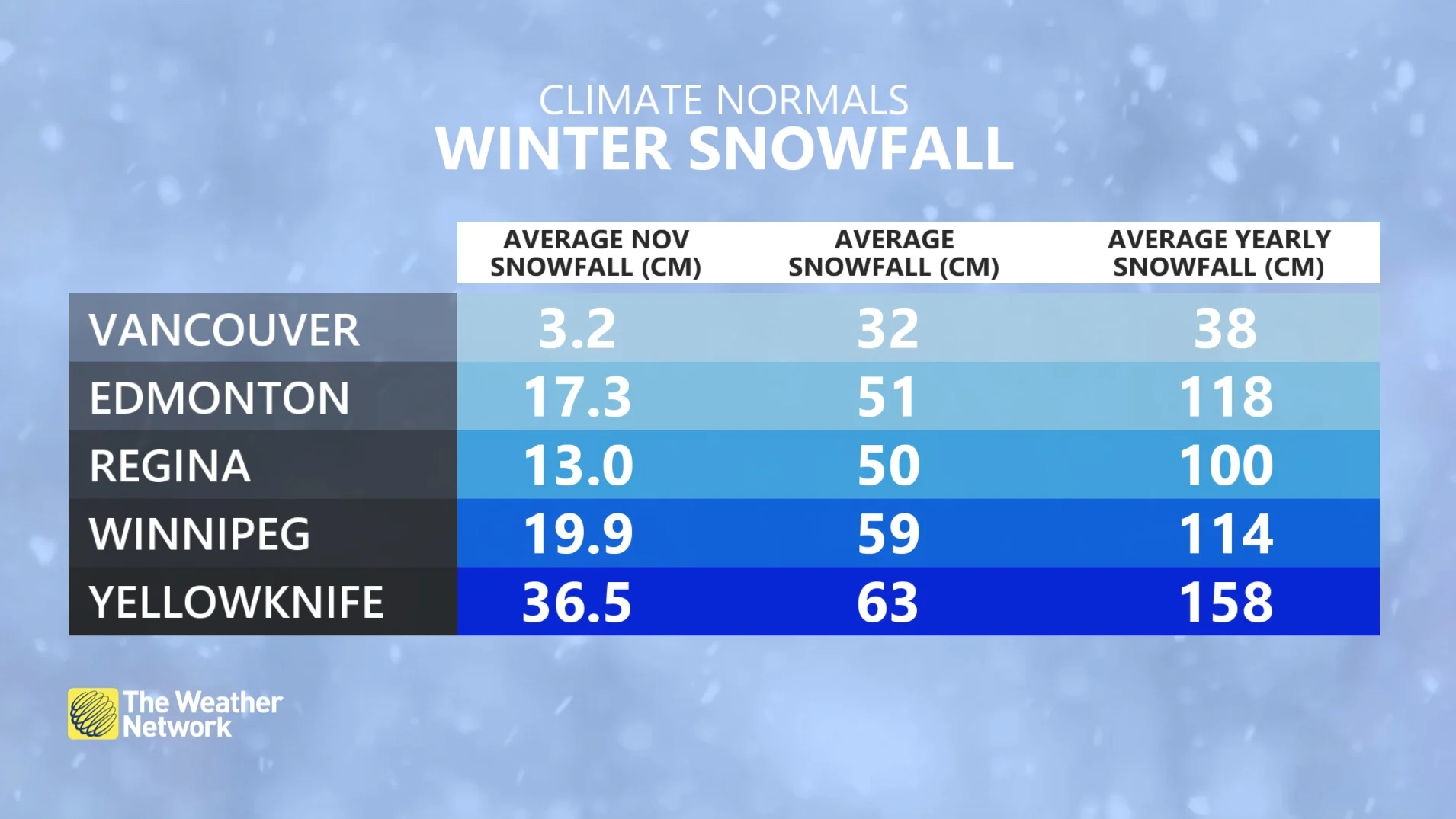
Central and Eastern Canada is known for their snowy winters as Colorado lows and nor’easters track into the region. If you live in Ontario, lake-effect snow can affect your commute, as many locales can get more than 15 cm of snowfall in just one event. On Nov. 22, 2020, areas in southern Ontario saw 15-25 cm of snowfall. That was the first significant snowfall of the season. Meanwhile, in St. John’s, N.L., on Nov. 24, 2011, 29 cm of snow fell in the province.
For those who live in Atlantic Canada, you can experience a wide range of weather in the month of November -- from snow to hurricanes. Hurricane season typically runs until the end of November. In 2007, Hurricane Noel brought destruction with flooding rains and strong winds, leaving thousands in the dark.
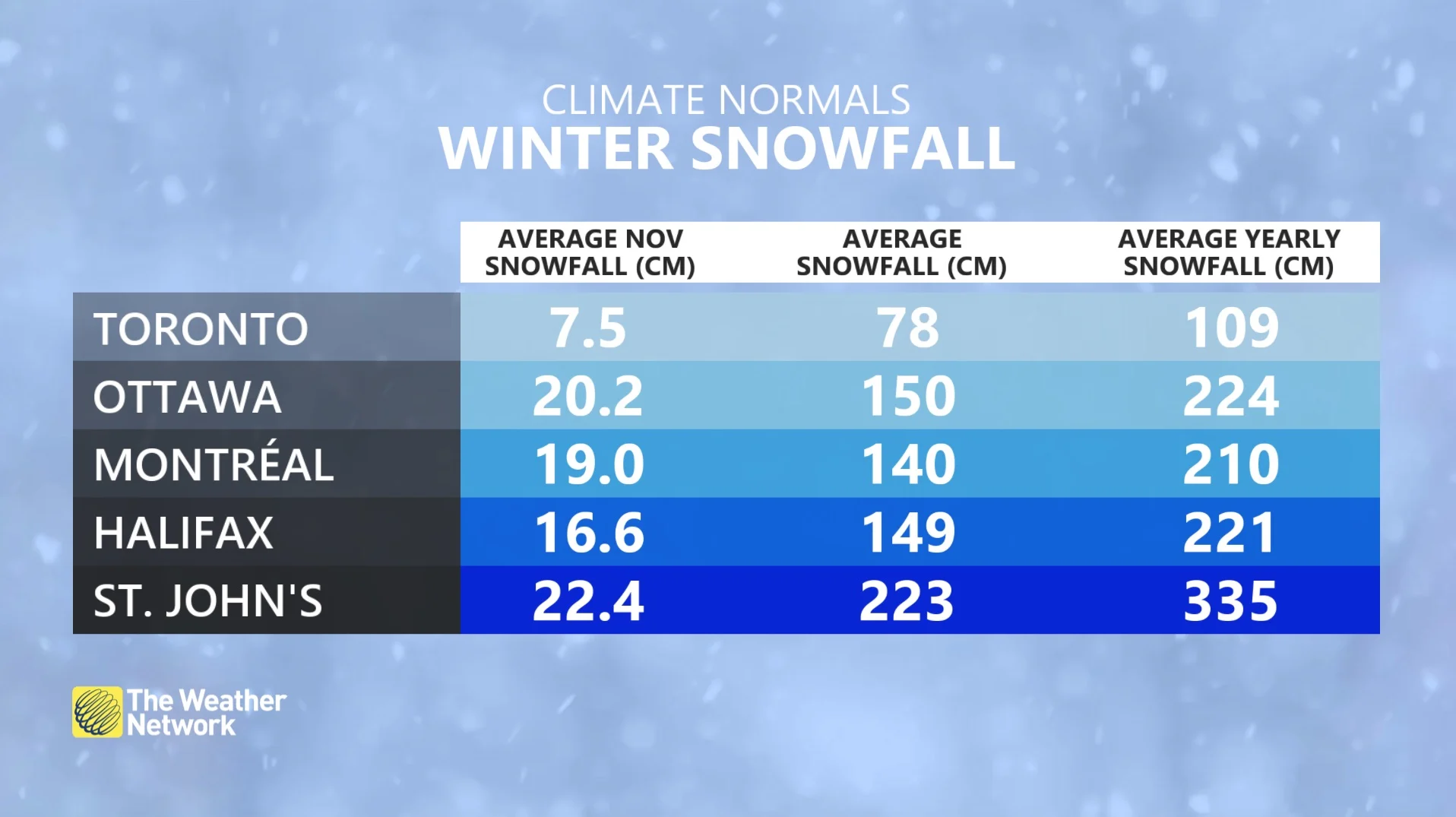
Whether you live on the West or East Coast, or right in the middle, many in Canada experience snow at some point in the fall season.
Thumbnail courtesy of Doug Bell, taken in Ridgetown, Ont., in November 2020.
